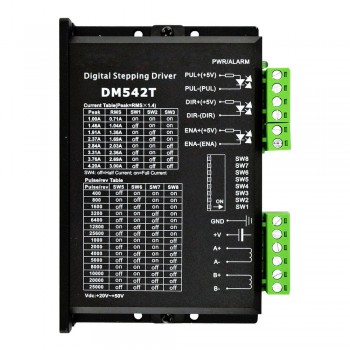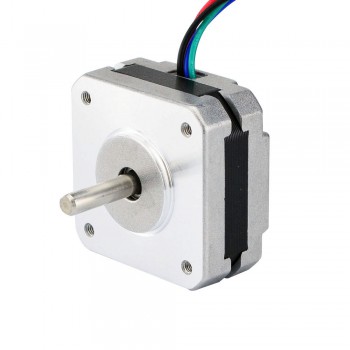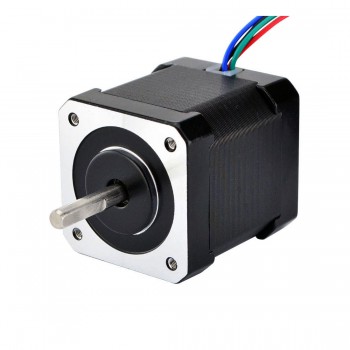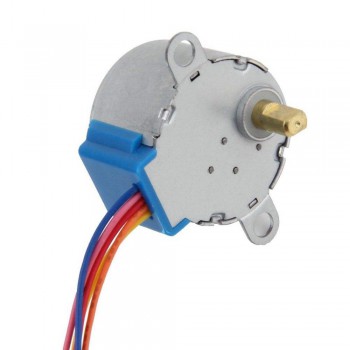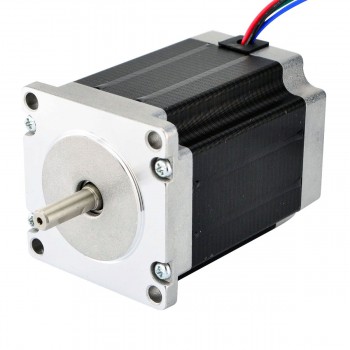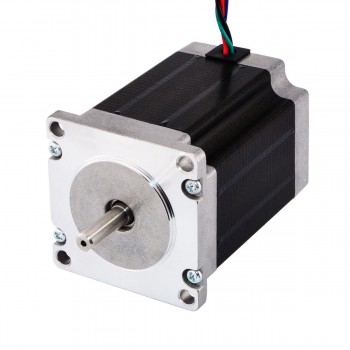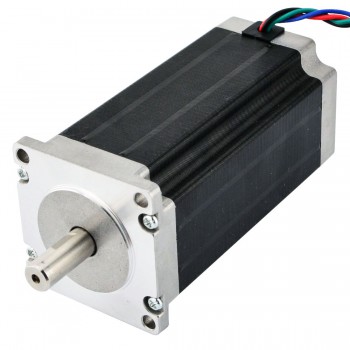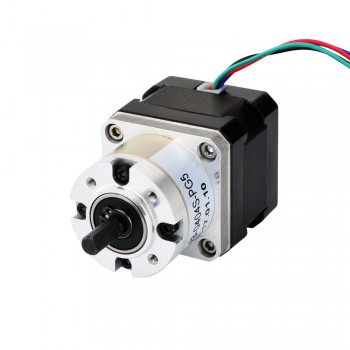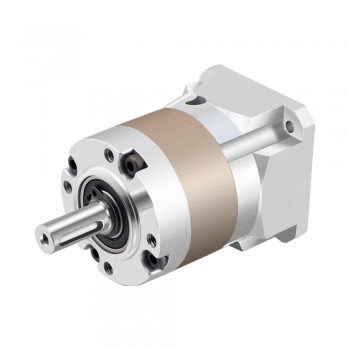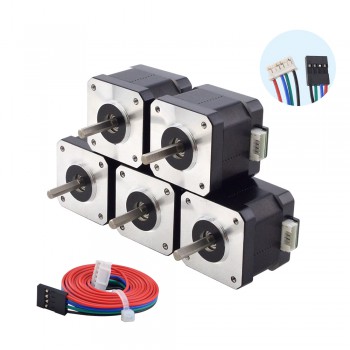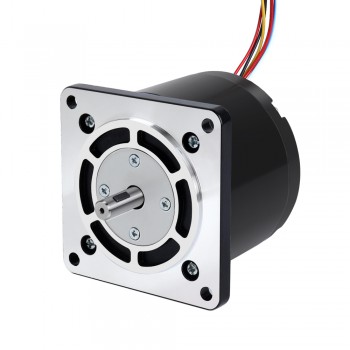
Variable Reluctance Stepper Motor
A variable reluctance stepper motor, also known as a VR stepper motor, is a type of stepper motor that operates on the principle of variable reluctance. It can be used for applications that require precise positioning and control, such as robotics, automation, and manufacturing equipment. An advantage of the VR type stepper motor is that there is no need to change the polarity of the stator poles, so that its drive circuitry can be simplified. Its disadvantage is its inability for fine torque control since torque is proportional to the square of the current instead of to the current. The variable reluctance motor is based on the principle that an unrestrained piece of iron will move to complete a magnetic flux path with minimum reluctance, the magnetic analog of electrical resistance. VR stepper motors are extensively used in computer peripherals like printers and disk drives, where they control the precise movement of parts. Robotics: Robots often need precise control of their movements.Overall, the variable reluctance stepper motors provide a cost-effective solution for applications that require precise positioning and moderate torque requirements. It is commonly used in various industries where fine control and accurate positioning are essential.

